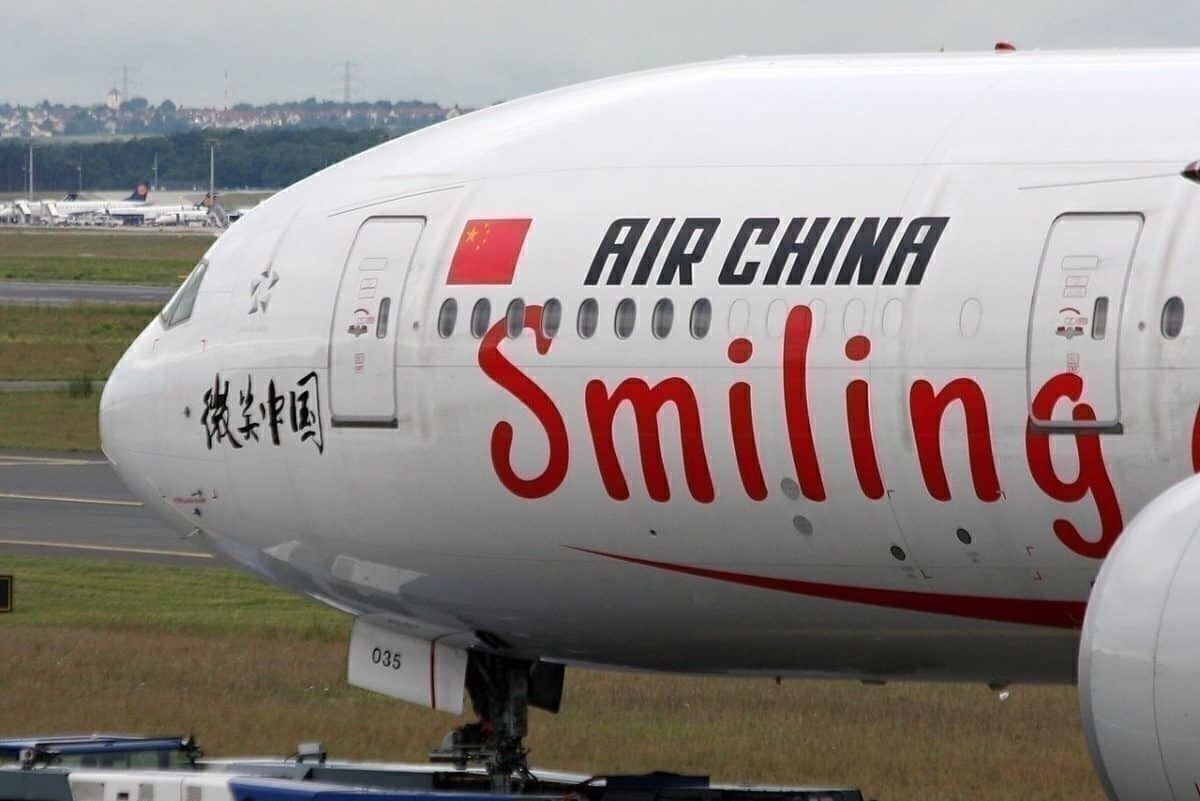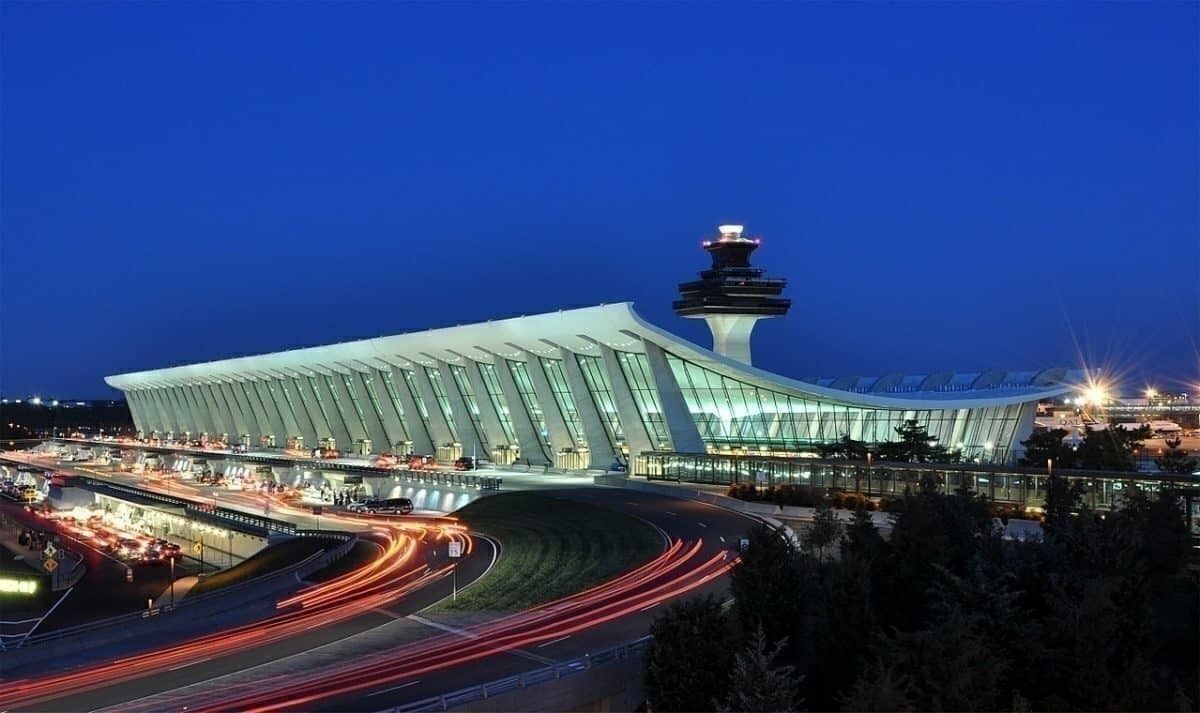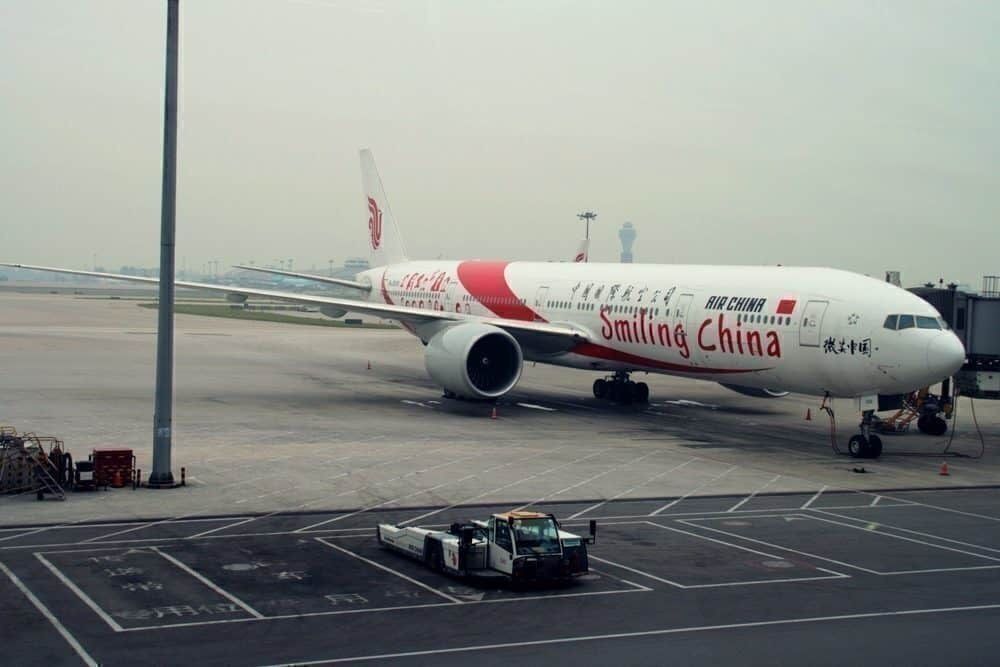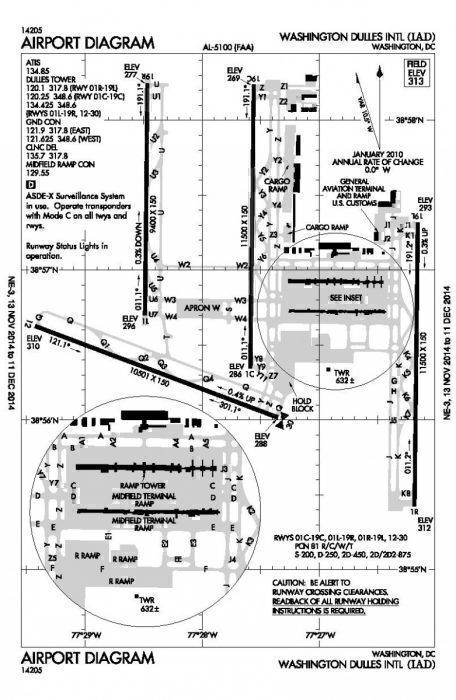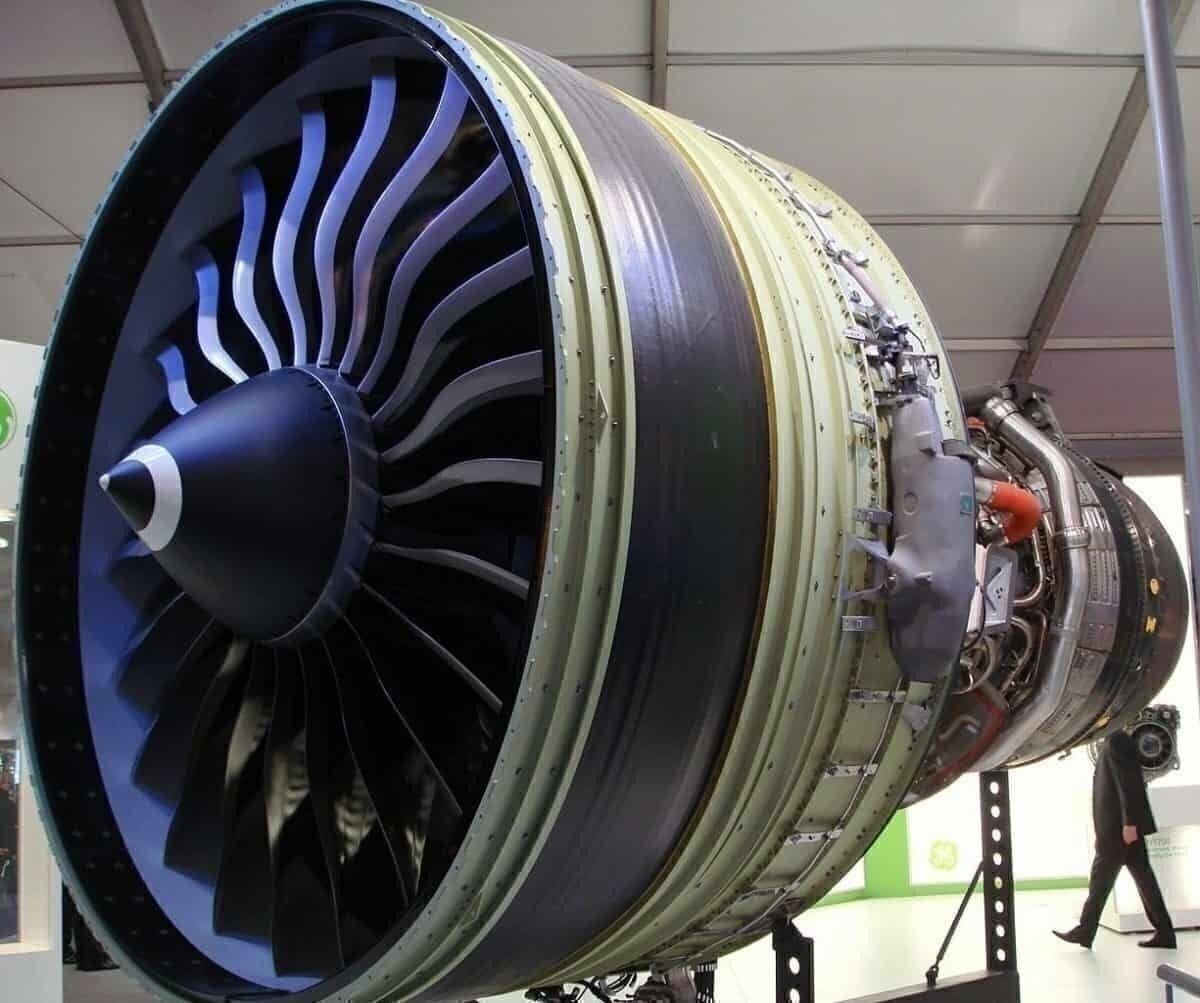An Air China flight from Washington Dulles airport bound for Beijing was forced to return after flames were spotted in the number one engine. Although details of the Tuesday evening event are limited, here is what we know at this point.
CA 818 - the flight in question
At 16:52 EDT, Air China flight 818 took off from Washington Dulles International airport with 219 souls onboard. According to FlightAware data, the Boeing 777-300ER (77W) initially headed north, until reaching 1,500ft.
Approximately three minutes into the flight, the aircraft headed east, achieving 2,100ft. A minute later, descending to 1,800 ft on heading 278. About ten minutes after the initial climb, the Boeing reached an altitude of 5,900 ft, circling around the airport for approximately 40 minutes.
50 minutes into the flight, the Air China aircraft started its descent into IAD, lading ten minutes later at 17h53. The aircraft covered a distance of 288 mi, a full seven thousand less than its anticipated route.
It is unclear what caused the aircraft to return to Dulles. However, video footage shows flames coming out of the number one engine. The cause of the fire is yet unknown.
Air Traffic Control informs the pilots
Air Traffic Control (ATC) data provided by VASAviation indicates that ATC informed the Air China pilots of a fire in the number one engine. CA818 immediately confirmed to ATC that they have lost thrust in the engine concerned.
A few moments later, a United Airlines pilot came onto the radio to inform ATC of the Air China's engine flames. As a few moments pass, ATC informs the Air China jet of mountains present in their heading, asking the Boeing 77W to maintain at least 3,000 ft.
In return, the Air China pilots inform ATC of their heavy weight and slow climb, requesting an altitude of 3000ft. The information prompts ATC to order the jet to turn right, heading 190.
As the Air China Boeing circled around IAD, the pilots requested to dump fuel before landing. ATC complied, ordering the aircraft to head south maintaining altitude 6,000.
A few moments later, flight 818 pilots declared the situation urgent by calling "PAN, PAN", and informed ATC of a loss of thrust in the number one engine. When asked by ATC if the fire was contained, the pilots indicated that no fire had been reported on board by the cabin crew.
A second later, ATC asked if the fire was out. The pilots responded by saying that they did not have a fire onboard and that instead, they had only lost thrust in the left engine.
It was only at this point, after losing thrust in the number one engine, that the Air China pilots asked for confirmation to dump fuel. ATC responded by telling the crew that they can dump fuel at any time.
As the Air China flight started its initial descent, ATC confirmed the presence of emergency services on the apron.
Air China eventually made it to runway 1-R, rolling on the runway until the final taxiway. The aircraft landed without incident. No casualties have been reported.
About the aircraft and Air China
According to AirFleets, the aircraft in question, a Boeing 777-300ER, registration B-2035 was delivered to Air China in late 2012. The seven-year-old aircraft is powered by two GE90-115Bs and hold the serial number 38674.
In 2009, the FAA adopted an airworthiness directive (AD) for the GE engines, ordering airlines to inspect the engine blades after reports of single-blade separation events. The AD states that "we are issuing this AD to prevent failure of stage 6 LPT blades, which could result in uncontained engine failure and damage to the airplane".
In 2016, Singapore Airlines Flight 368, a Boeing 777-300ER powered by GE90-115B engines had to return to the airport after an engine oil warning. Upon landing, the aircraft's number two engine caught fire. No fatalities were reported.
Back in August, an Air China A330 suffered a fire while at Beijing International Airport. A few days later, the Civil Aviation Administration of China released an initial report on the incident.
The above-mentioned AD and aircraft fires, however, have no clear link to the events of CA 818.
The FAA, Boeing, and Air China's US offices could not be reached for this publication.

